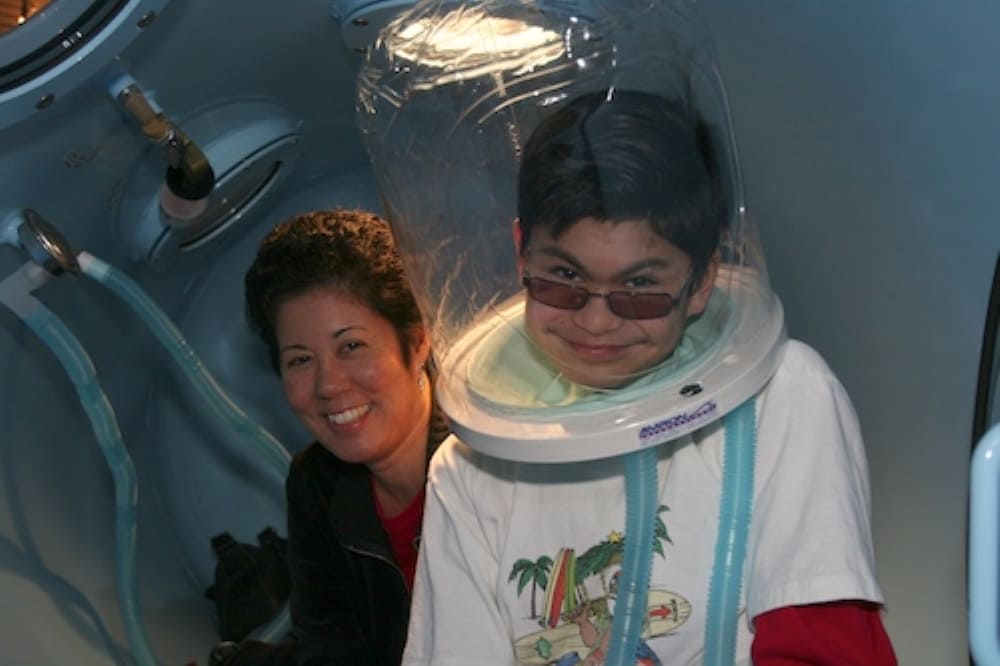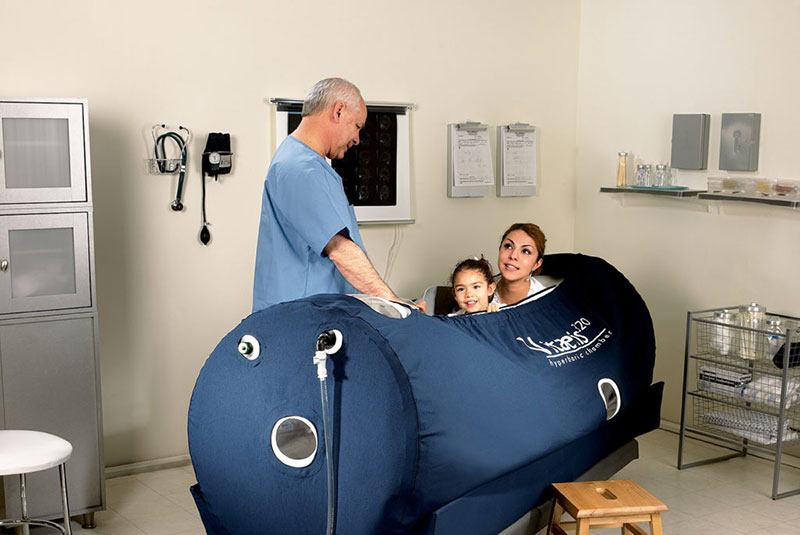Hyperbaric Oxygen therapy involves the practice of breathing 100% pure oxygen within a pressurized and enclosed chamber called Hyperbaric Chamber or HBOT chamber. The evolution of HBOT therapy can be traced back to the 1600s, but its clinical applications started during the 1800s. Later, in the 1930s, the benefits of the treatment were recognized and it was used to treat decompression sickness of the scuba divers and trekkers. Today, there are more than 20,000 articles on HBOT in medical literature and the clinical usage of this therapy has grown phenomenally. Multiple research on HBOT therapy have found out its effectiveness in healing wounds, gangrenes, and other acute conditions such as carbon mono oxide poisoning and diving injuries. In the recent years, the medical faculty has been involved in a long-standing debate whether HBOT treatment could improve autistic symptoms. While some doctors, neurologists and psycho-therapists have agreed to the fact that HBOT treatment increases oxygen intake, reduce inflammation and hypo-perfusion (lack of oxygen) in the brain and can thus improve Autistic condition, a community of medical experts does not agree. These medical communities opine that hypo-perfusion state has little to do with autism and negates the role of the HBOT treatment in improving autistic conditions.
Despite the lack of unanimity, HBOT has been hailed as one of the sought after treatment for improving autistic conditions. Several studies have revealed the effectiveness of HBOT treatment that has improved the social skills, bowel functioning, expressive and receptive language of an autistic child.
Since HBOT treatment is yet to be verified scientifically, it is advisable to consult a doctor and act as per his recommendation. There are certain side-effects involved with the therapy such as ear pain, nearsightedness and seizures and hence an expert supervision is extremely necessary to ensure proper treatment methodology as well as reduce the risks of any kind of side effects.




